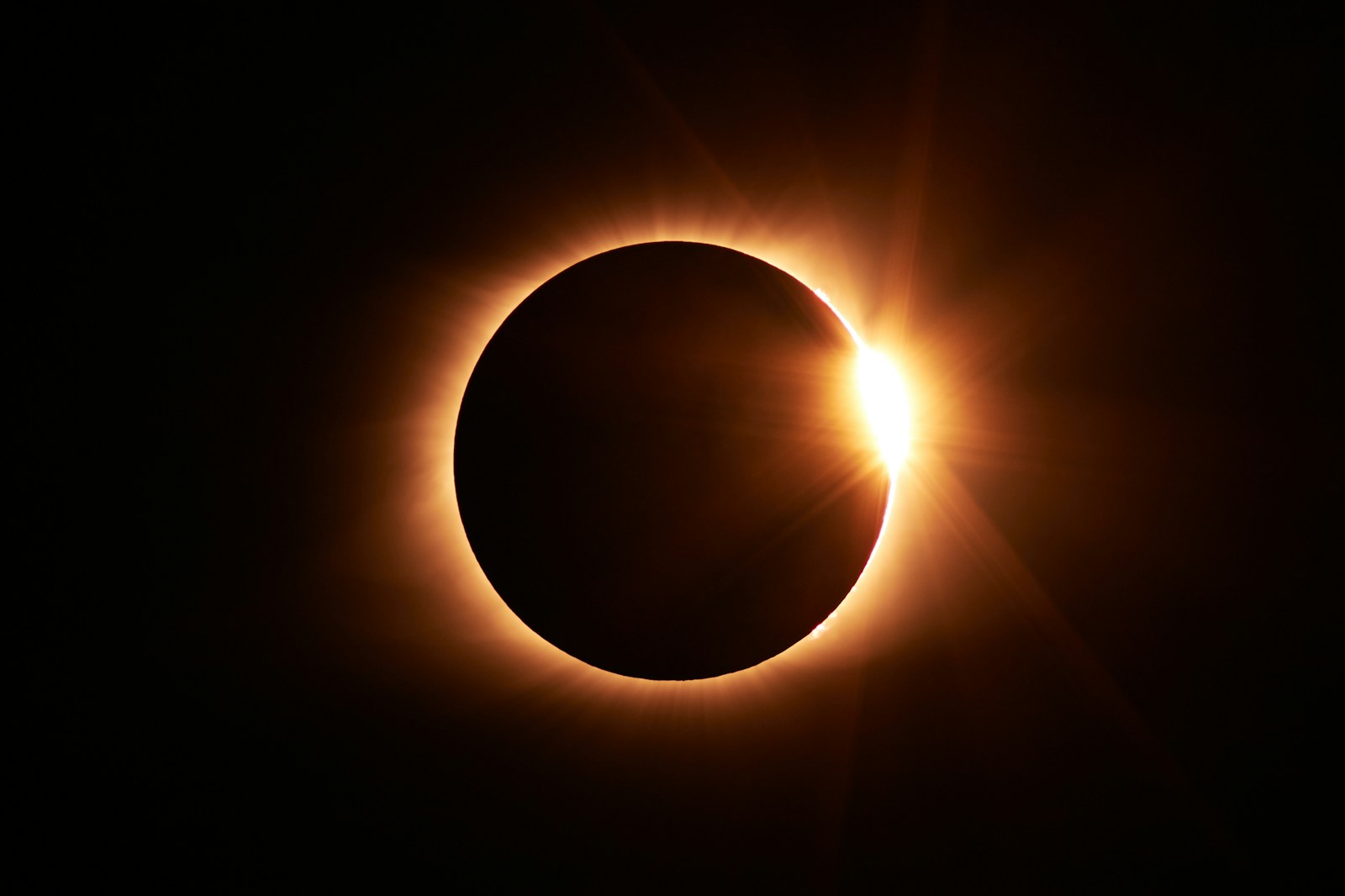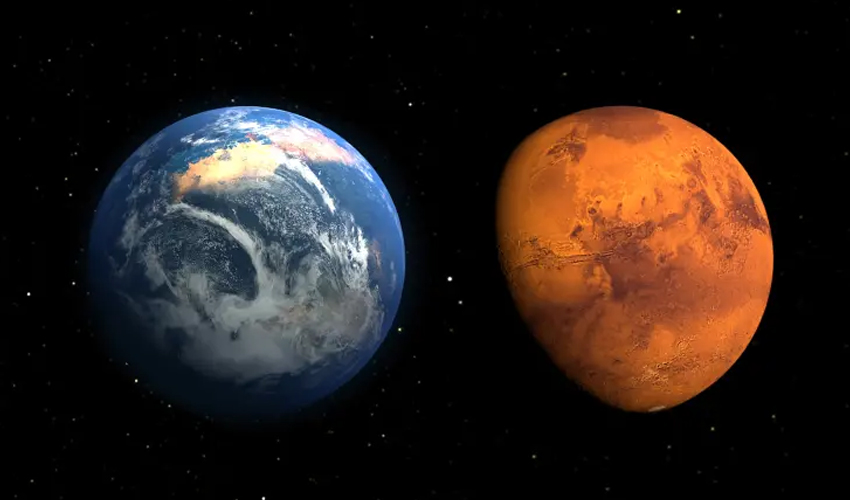Imagine physics as a vast, uncharted universe full of mysteries that continuously challenge our understanding, captivating scientists for over fifty years with its strange wonders. This captivating phenomenon, known as the Allais effect, reveals the mysterious behavior of gravimeters and pendulums during the bizarre moments of a solar eclipse, sparking curiosity and intrigue. The journey into the depths of the Allais effect began in the mid-20th century, following the insightful observations of French polymath Maurice Allais, whose extensive research spanned various disciplines before uncovering an anomaly that questioned the very foundations of gravitational theory.
The Allais Effect: Mysterious and Controversial
The stage was set during the solar eclipse on June 30, 1954, when Allais made a remarkable observation of a peculiar precession in a Foucault pendulum’s oscillation plane. This was not a singular event; Allais also utilized his paraconical pendulum to document a similar phenomenon during another eclipse in October 1959. These groundbreaking discoveries, which remain a cosmic enigma, earned Allais recognition from the U.S. Gravity Research Foundation and the French Astronautical Society, culminating in the prestigious 1959 Galabert Prize. The Allais effect, steeped in fascination and mystery, has since sparked considerable debate and discussion within the scientific community.
The Allais effect proposes that pendulums and gravimeters reveal significant behavioral changes when shrouded in an eclipse’s shadow, presenting an intriguing puzzle for researchers. Maurice Allais emphasized the ‘dynamic character’ of these effects, distinguishing them from the simple anomalies explainable by conventional gravitational theories. Rather than being mere fluctuations, these observations suggested a complex dynamic phenomenon linked to variations in weight across the pendulum’s path, challenging existing scientific paradigms. This revelation hinted at a gravitational anomaly, casting doubt on established theories and inviting deeper inquiry into the nature of gravitational forces.
Despite the initial intrigue, unraveling the Allais effect has proven to be a formidable challenge for scientists worldwide. Efforts to replicate Allais’ findings have yielded a patchwork of results, ranging from supportive evidence to uncertainty. Notably, during a solar eclipse in 1961, Romanian physicist Gheorghe Jeverdan and colleagues observed what became known as the Jeverdan effect, prompting theories regarding the Moon’s gravitational interaction with the Sun. Subsequent experiments by Erwin Saxl and Mildred Allen during the 1970 solar eclipse further complicated the narrative, revealing unexpected shifts in a torsion pendulum’s period that questioned the gravitational status quo.
Pendulum tests have not been the only use of the Allais effect’s fascination. Gravimeters and atomic clocks, which are instruments closely related to gravity, have also been observed. The mystery was further complicated by experiments carried out during solar eclipses in China, India, and China again that revealed notable abnormal gravitational effects. Additionally, joint attempts during early 21st-century solar eclipses by teams from Romania and Ukraine found inexplicable disruptions that supported the idea that a phenomenon was at work, one that is beyond the current knowledge of science.
With each step taken toward corroborating the Allais effect, skepticism emerged, as not all experiments aligned with the anticipated anomalies. Instances of conflicting or inconclusive results have cast shadows of doubt over the validity of the Allais effect. Similar discrepancies arose during the solar eclipses of 1990 and 1999, exemplified by Louis B. Slichter’s gravimeter experiment, which failed to uncover any accompanying gravitational signals. Such contradictory findings have cultivated an environment of contention surrounding the Allais effect, leaving its scientific legitimacy hovering in a realm of ambiguity.

The Allais Effect: the Quest for Understanding
Delving deeper into the essence of this scientific investigation, it’s clear that the Allais effect transcends mere pendulum behavior, embodying the very spirit of inquiry and the unyielding quest for knowledge that defines scientific endeavors. Unraveling the Allais effect symbolizes the potential to unveil hidden secrets, challenging our understanding and expanding the applications of our current theories. As we proceed, we will explore the broader context of this discussion, the proposed theories, and the ongoing efforts to deepen our comprehension of the fundamental forces shaping our universe.
The debate surrounding the Allais effect prompts not just questions about this peculiar phenomenon but also challenges the foundations of physics and our grasp of gravity. It underscores the necessity for objective research and the courage to question established norms, compelling scientists to engage in a richer dialogue about these contentious findings. The spectrum of experimental results, oscillating between doubt and confirmation, weaves a complex and captivating narrative that perfectly encapsulates the diversity inherent in scientific exploration and interpretation.
At the heart of the Allais effect lies the crucial concept of experimental replication and the quest for consistency in observations. The varied results from experiments conducted globally are reminiscent of the challenges faced when attempting to capture and analyze elusive phenomena. These scientific endeavors, marked by both triumphs and setbacks, reflect the dynamic and evolving nature of inquiry, where each discovery opens doors to new questions and possibilities.
The curiosity and persistence displayed by the scientific community in understanding the Allais effect are true hallmarks of exploration. This phenomenon encapsulates the spirit of discovery and the relentless pursuit of knowledge, even when the answers seem tantalizingly out of reach. The motivation behind this quest lies not solely in solving a scientific conundrum but rather in the desire to push the boundaries of understanding and expand our appreciation for the natural world.
The journey toward uncovering the secrets of the Allais effect is far from over, as ongoing experiments and research are expected to illuminate this captivating phenomenon. This journey presents the scientific community with a vast challenge and endless opportunities for exploration, prompting us to ask even more questions and to dream of the new marvels that await us in the cosmos. In all its complexity and allure, the Allais effect remains a fascinating chapter in the chronicles of science, serving as a beacon of mystery that continues to ignite the imaginations of those who dare to look beyond the known horizon.
Related posts:
Allais effect
Link between Allais Effect and General Relativity’s Residual Arc during Solar Eclipse
Modified Theory of Relativity (Part 2). The Allais Effect Solved





